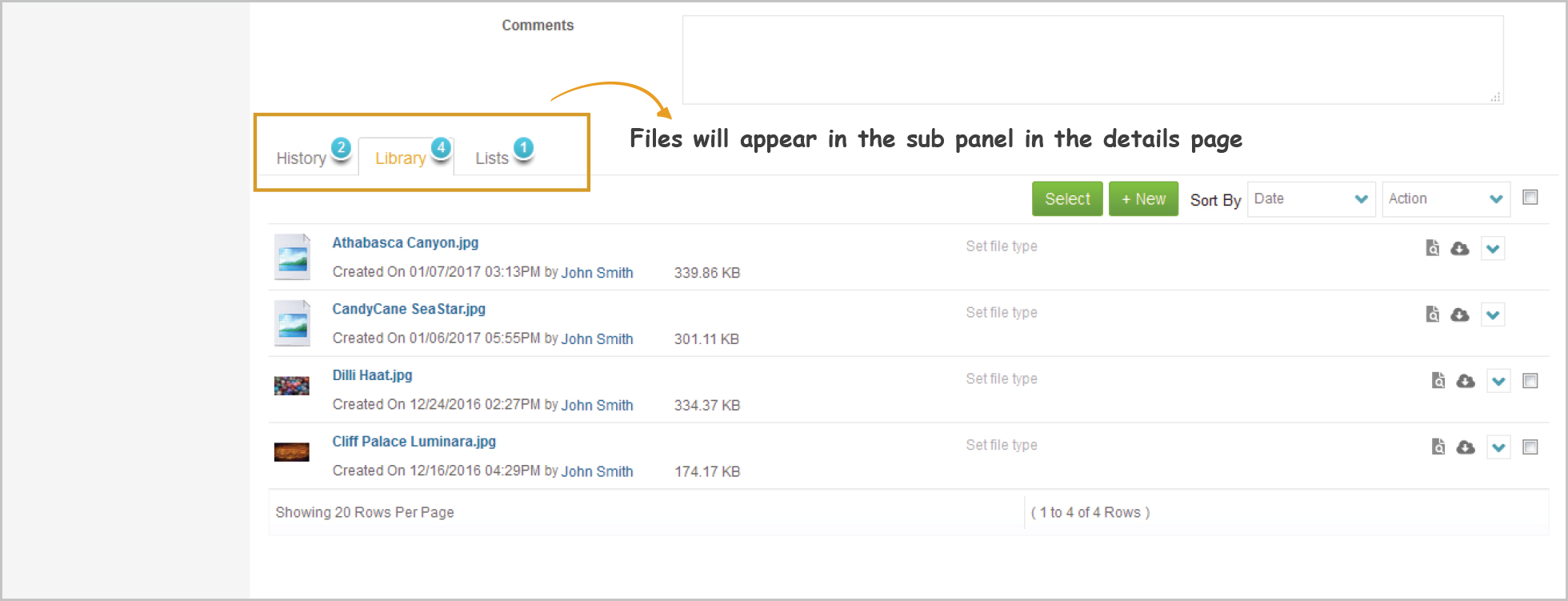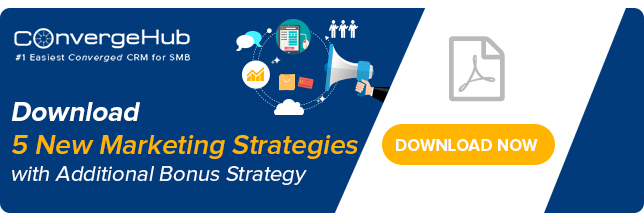Top Lead Generation Tactics We Love to use these days. Lead generation defines the process of stimulating interest about a product or service in the target audience, for the purpose of developing sales pipeline.
However, in contrast to the earlier times, most businesses find it challenging now to generate high quality leads. That’s because, they still use old school ways to generate sales opportunities. This blog describes the 8 new-age tactics that businesses should use to double their leads inflow into the sales pipeline.
You’ve got the best product or service on the market but you’re still struggling to keep the ship afloat.
You’re not alone…
80% of businesses report that their lead generation efforts are only slightly or somewhat effective. (BrightTALK)
There are so many options out there when it comes to lead generation but all are not created equal. Some work really well and some don’t work as well – each business is unique therefore results will vary.
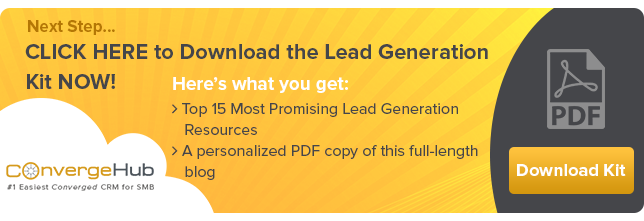
This list breaks down 8 different lead generation techniques and how you can incorporate them into your business as early as today:
1. Social Media Marketing
Social media is all the hype these days. But the question is, does it really work?
You’re probably looking for a definitive answer to that question — the answer is it depends. The crystal ball isn’t so clear in this case; results will vary for each business.
Social media marketing is a great way to give your brand a presence online, connect with your customers, and position your brand as the authority in your niche. There are upwards of two billion users amongst all of the major social sites – this is a huge opportunity for you to get in front of your customers.
There are so many platforms to choose from. Here’s a list of the most popular social sites and what they’re good for:
Facebook
- Great for B2C and B2B
- Monthly users as of March 2016: 129,658,552 (Hootsuite)
- More than 1 billion people use Facebook daily (Hootsuite)
- E-commerce features (buy button, sign up, etc)
- Facebook ads available for your business
- Can help with driving online sales, increasing local sales, increasing brand awareness, promoting your app, finding leads, and social customer service (Hootsuite)
Snapchat
- Great for B2C
- 76% of Snapchat users purchase things online
- 100 million daily users
- 7 billion video views per day
- Intimacy at scale — Snaps provide a personal window into the way you and your friends see the world. (Hootsuite)
- Passionate and engaged audience
LinkedIn
- Great for B2B networking
- 50 percent of users have some form of higher education (Hootsuite)
- Knowledge and information sharing hub (Hootsuite)
- Allows like-minded people to find each other, form communities, and network professionally (Hootsuite)
- Position yourself as a thought leader
YouTube
- Great for B2C marketing
- Monthly users as of March 2016: 215,690,880 (Hootsuite)
- Over 1 billion users
- 2nd largest online search engine
Twitter
- Helps you increase brand awareness
- Discover what’s happening right now (with your customers, in your community, with your competitors, and in your industry)
- Engage with customers
- Peek into the minds of industry leaders
Pinterest
- Great for B2C
- Huge female user base
- Popular amongst creatives and used heavily to get inspiration for different life events (weddings, birthdays, baby showers, homes, etc)
Instagram
- Picture-based
- Highly engaged and more likely to click on ads than any other social network
- 80 million photos are shared daily on Instagram (Hootsuite)
So how do you decide which platforms to focus on for your brand? Great question!
Again, the picture isn’t crystal clear here. The real question to ask yourself is ‘who do I serve?’ and ‘where do the people I serve hang out?’
The answers to those questions can give you some direction. The idea is to spend more resources on the social media platforms that can give you the most bang for your buck.
LinkedIn is undoubtedly one of the best social media platforms out there, particularly for B2B sales lead generation.
Here’s a look at what Mike Volpe, CMO of HubSpot has to say:
‘’Our customer research showed that traffic from LinkedIn generated the highest visitor to lead conversion rate (2.74 percent), almost three times higher than Twitter (.69 percent) and Facebook (.77 percent).
First and foremost, LinkedIn has a high percentage of professionals, so the likelihood, especially for B2B marketers, that you’re dealing with people in your target audience is higher than some other channels. Moreover, LinkedIn Groups are organized around the concerns and challenges faced by many buyers and/or their geographic location and profession, so LinkedIn makes it easy to view and contextualize what your potential buyers are talking about and tailor content on your LinkedIn Company pages accordingly.”
When you’re prospecting on social sites, particularly LinkedIn, you want to base your strategy around giving value and building genuine relationships with people.
Contextualize what your potential buyers are talking about and create content that is highly shareable and relevant. Ideal content for social media include things such as quick tips or demonstrations, these kind of posts foster engagement and position you as the expert in your field.
Tip: Use RocketReach to find upwards of 250 million email addresses and phone numbers. If you’re using LinkedIn, for example, you can copy and paste the LinkedIn URL for that profile into RocketReach and it will find the email address and phone number for you.
The best part about this is that it’s free up to 3 contact lookups per month.
Their paid plans are extremely reasonable as well should you need more searches. You can also just search by the name or company to get contact details and get directly into the inbox of the people you need to talk to – instead of sending your messages to a general mailboxes such as hello@acme.com or info@acme.com.
2. Email Marketing
Do you have a monthly newsletter? If not, you’re missing out on one of the simplest and best ways to generate more leads.
Newsletters are an essential part of lead building strategy. They can make a huge impact in your business starting day one because you’re capturing customers in the most intimate way possible – directly in their inboxes.
Customers who receive email newsletters spend 82% more when they buy from the company. (iContact)
With that in mind, try to work this into your lead generation strategy. Get in the habit of emailing weekly newsletters out to your target market. Avoid fluffy content, trashy sales pitches, and the dreaded “spammy” mail.
Only hit ‘send’ when the e-mail is rich in information and provides a ton of value to your target market. This will keep your potential customers engaged with your brand, keep them opening your emails each week (as opposed to opening just one and realizing that it was junk mail), and keep them coming back to buy more and more from you.
Incorporate pictures, stats and quotes in the newsletter to make it visually and mentally appealing to your readers.
Also, include relevant links to your website and social media profiles. To ensure your newsletters convert, add multiple call-to-actions (CTAs) throughout the newsletter (naturally work these in without sounding too “salesy”). Examples of CTAs include: comment below, take our survey, follow our Facebook page, like us on Instagram.
Tip: Use ConvergeHub CRM to run your newsletter lead nurturing campaigns. From monthly newsletters and special offers to personalized follow-up emails – you can send it all. Choose from a set of pre-defined templates within the CRM or use the editor to customize the email templates specific to your requirements.
You can track the performance of your email campaigns in real-time by using ConvergeHub’s campaign summary feature. Here’s what you’ll be able to see:
- Number of recipients
- Number of people who have opened the e-mail
- Number of people who have opted out
- Number of people who have clicked on the CTAs
- Number of invalid e-mail id (if any).
3. Press Releases
Write press releases to gain media coverage, grow a follower base, strengthen brand image and drive leads inflow. Topics can include anything newsworthy about your company, some things to include are: new product launches, special events, new website, partnerships, prominent new hires, opening of a new location or office, co-branding initiatives and so on.
Do not brag excessively and keep the language neutral. Include contact name, email address, and phone number in the release so readers know where to find your business locally or online.
98 percent of journalists go online daily—with 73 percent of them looking for press releases. (Middleburg/Ross survey)
Try to submit your press releases to distribution sites that publish content across the web. You want to make sure the distribution sites you’re submitting to are publishing your content to the right industry-specific sites.
In addition to this, reach out to the press directly. Search for reporters and editors that cover your industry. Connect with them via email with your news pitch.
To do this, you can use sites like Just Reach Out or HARO to find reporters that are covering industry-specific topics.
Tip: Include press mentions in all of your marketing collateral such as handouts, brochures and newsletters. Post company news in your social profiles and publish all of your press releases to your website. Associating your business with other outlets (press mentions) that your potential customers already know, like and trust (KLT factor) will instantly spark a sense of familiarity and trust between your brand and the consumer. Once they know, like and trust you – they will buy from you.
4. Webinars
44 percent of companies use webinars as one of their principle ways to generate leads. (B2B Lead Generation Survey, Chief Marketer)
Webinars have been the latest craze lately and for a good reason.
Hosting a webinar is one of the most promising ways to generate qualified leads. Most small and medium sized businesses prefer it over other methods because they are inexpensive and very effective.
A webinar can get your brand in front of thousands of potential customers who are more than willing to lend a little bit of their time in exchange for increased knowledge on a particular subject.
You should schedule some time to sit with your team, do some brainstorming and come up with a great webinar idea. The key here is to come up with an irresistible webinar topic that leaves your ideal prospect in awe even after the webinar has ended.
Think of what’s trending in your industry, what your ideal customers want to know, or what’s often misunderstood – those make for great topics.
Just like email marketing, the key to a successful webinar is to avoid selling. Your webinar should offer real value to potential customers. If your webinar is offering real solutions to real problems, people will sign up to attend it. Make sure your topics are informative and promote the webinar to your list and across social media to ensure the greatest turn out.
Tip: Encourage your attendees to take action at the end of the webinar. Whether that means downloading an e-book, signing up for your newsletter, or visiting your website. Also, make sure to have an automated drip sequence following your webinar to keep in touch with attendees and continue to build the relationship even after.
5. Business Lead Generation Tools
61 percent of enterprises and 46 percent of small businesses use in-house and external sources for lead generation. (MarketingAdvocate)
There are great resources out there that can help you generate leads for your business. Let’s take a look at a couple: LeadCrunch and Cliently.
LeadCrunch uses artificial intelligence to analyze your customer data and help you target the right contact at the right company at the right time with the right message.
Cliently helps small business owners close more sales by finding new clients and increasing sales conversions. Cliently warms up the lead for you so you can close the deal — you can do things like re-tweet or follow a lead on social media. And it’s all done automatically!
Both of these resources can dramatically transform your business and have a lasting impact on your bottom line.
6. Content Marketing
On average, B2B marketers allocate 28% of their total marketing budget to content marketing. (Content Marketing Institute)
This statement precisely explains how important content marketing is for lead generation. Educational and informative content, if marketed well, can stir up the industry. Content marketing allows you to bring in a heavy influx of leads daily.
Create blogs, e-books, whitepapers and case studies with a clear voice, targeting a well-defined audience. Keep it rich with information. This will enable you to win the trust of your prospects and ultimately their business.
Tip: Optimize your content as a lead generation tool. Use newsletter signups and content upgrades to capture visitors’ email addresses.
7. Podcasts
Podcasts are a great way to position yourself as the authority in your niche. Not only do podcasts give you an opportunity to share your story or the story of your company; it gives you the opportunity to connect with your ideal customer.
Podcasts can reach masses of people in your niche. This is the perfect opportunity to pitch yourself as the expert in your field.
Being featured on a podcast as a guest can elevate your brand and take your business to new heights.
You can be featured on many podcasts without eating up too much of your bandwidth – do the interviews from the comfort of your office.
Your ideal customer will have the chance to connect with you on a very intimate level. The KLT factor applies here, once listeners feel like they know, like, and trust you – they will become your customer.
To make the best out of podcasts, you want to make sure that you’re prepared. Know a little bit about the podcast, the host, and the audience. Think of ways you can provide value beforehand. Get your team to create a custom landing page specific to that podcast’s audience where they can go after they listen to your episode to get more information.
Your strategy has to be clear and well-defined.
8. Industry Events and Meetups
Industry events are extremely important. The power of personal connection is deep so make each connection meaningful and long-lasting. Make sure to get business cards of each business contact you meet at each event. Try to follow up with each of them within a couple business days following the event to keep the conversations going.
The key is to continue building the relationship, not following up does the opposite of that.
ConvergeHub has shortcuts to create new leads and contacts within the CRM. You can use the quick create forms to add leads and contacts into the CRM in a few seconds.
While your competitors are busy entering piles of information into their CRMs, ConvergeHub’s quick create forms speed up data entry and relieve you from tedious, repetitive behind-the-scenes work. You can focus your time on the things that matter most – connecting with leads.
Now that you’ve incorporated new lead generation strategies into your sales process, how do you manage them?
Lead management is just as important as lead generation. Keeping leads in spreadsheets on your local hard drive is no longer a reliable or efficient method to store your data. Using a converged CRM, like ConvergeHub can help you keep all of your leads in one central repository where you can manage them from anywhere.
Unlike many other CRMs, a converged CRM, like ConvergeHub allows you to do a quick data import and import and manage potential deals with minimal mouse clicks.
In just five simple steps, you can import your leads, contacts, accounts and deals into a ConvergeHub. Check out this blog that explains the entire ConvergeHub importing process with step-by-step instructions.

Impressed with ConvergeHub’s list of lead generation strategies?
Comment below to share your what lead generation methods have and haven’t worked for you.
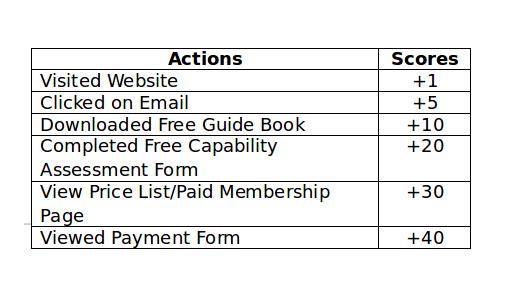 At times, many organizations also use Lead Grading techniques, which can be really useful ina B2B marketing setup.
At times, many organizations also use Lead Grading techniques, which can be really useful ina B2B marketing setup. In this diagram, leads which falls in the category ‘A1’ can be demarcated for subsequent follow-up by the sales team, whereas ‘A4’ can be nurtured further by email and ‘E2’ does not warrant a call unless the lead interacts more.
In this diagram, leads which falls in the category ‘A1’ can be demarcated for subsequent follow-up by the sales team, whereas ‘A4’ can be nurtured further by email and ‘E2’ does not warrant a call unless the lead interacts more.
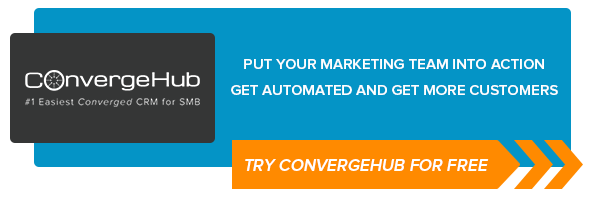


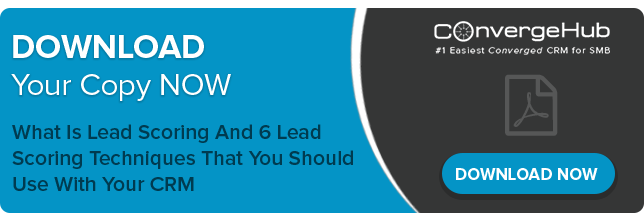



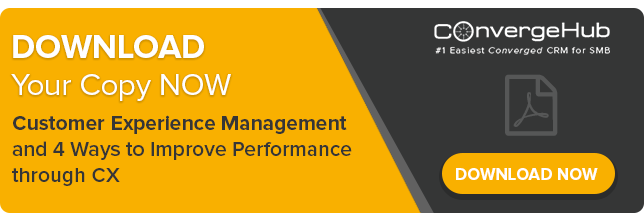

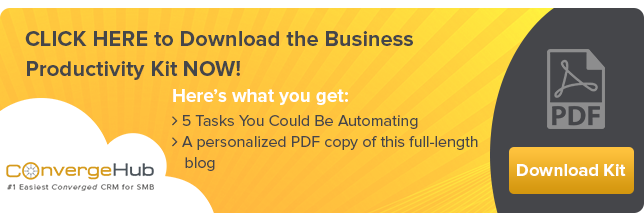

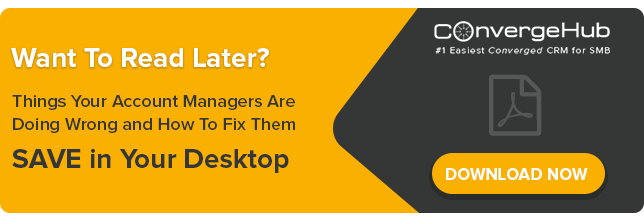

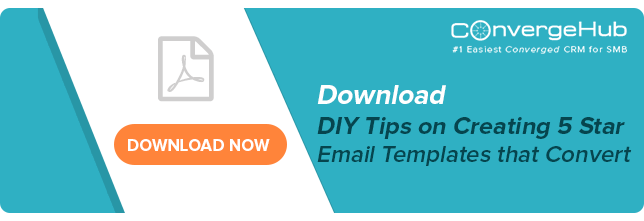




 7. View Knowledge Base Listing Page to perform Add, Edit and Delete functions
7. View Knowledge Base Listing Page to perform Add, Edit and Delete functions


 Now that you have learnt the ropes, hope you’ll find the use of Knowledge Base easy and effective.
Now that you have learnt the ropes, hope you’ll find the use of Knowledge Base easy and effective.
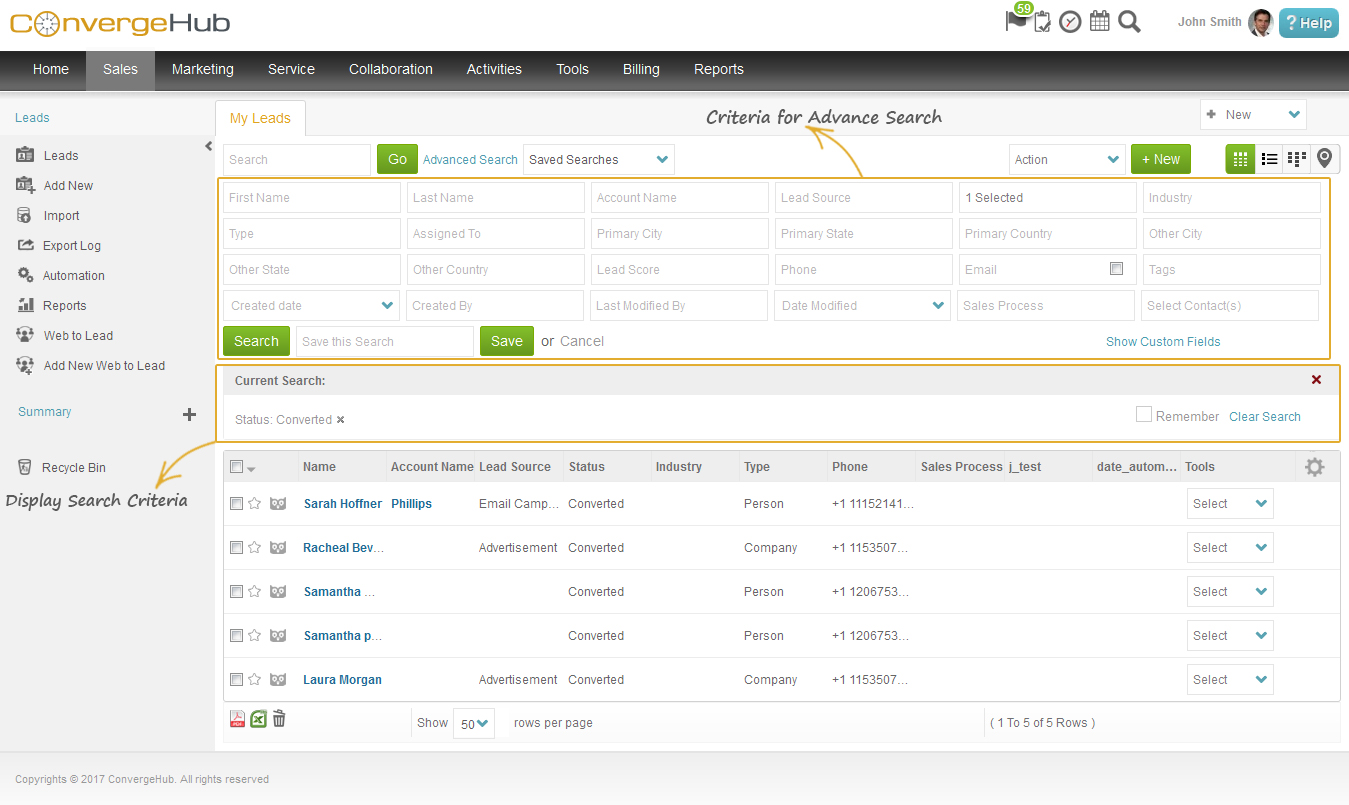
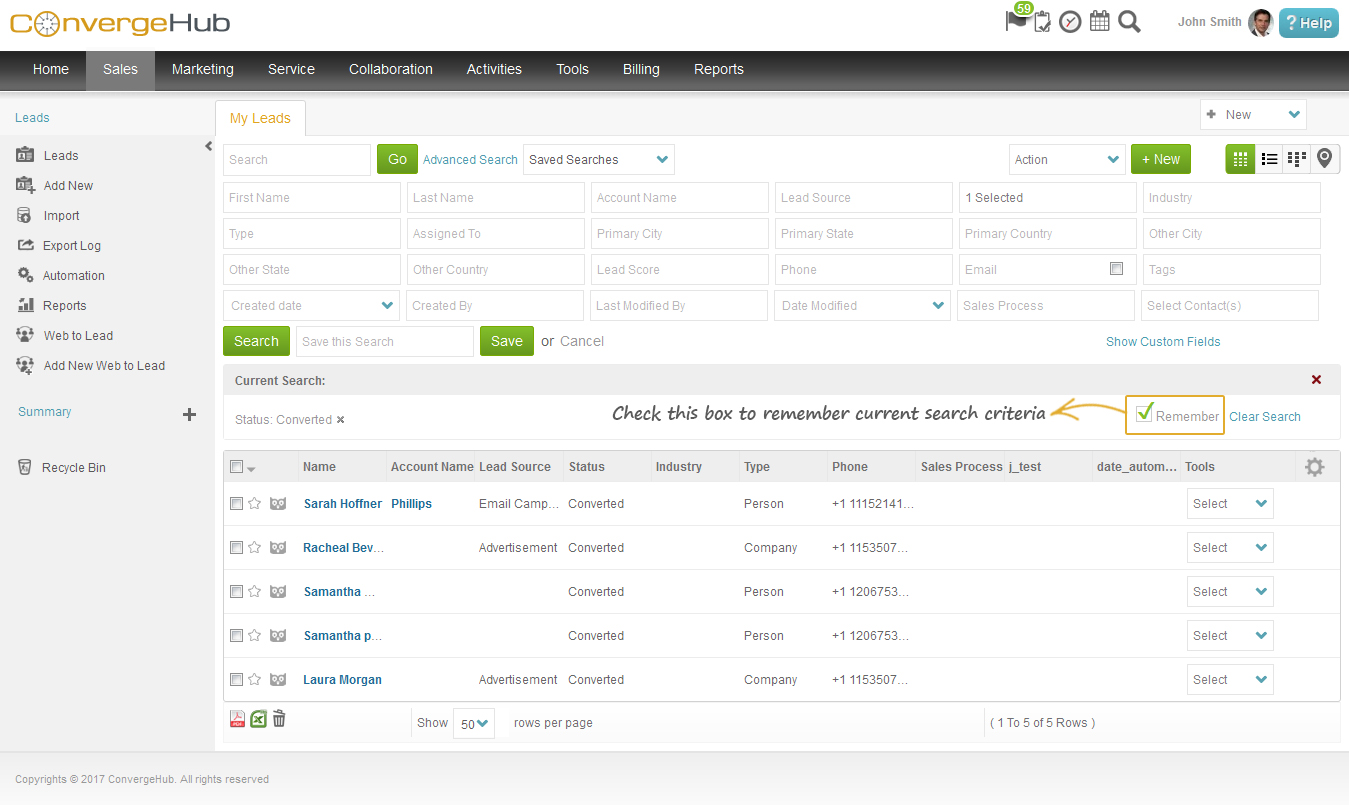
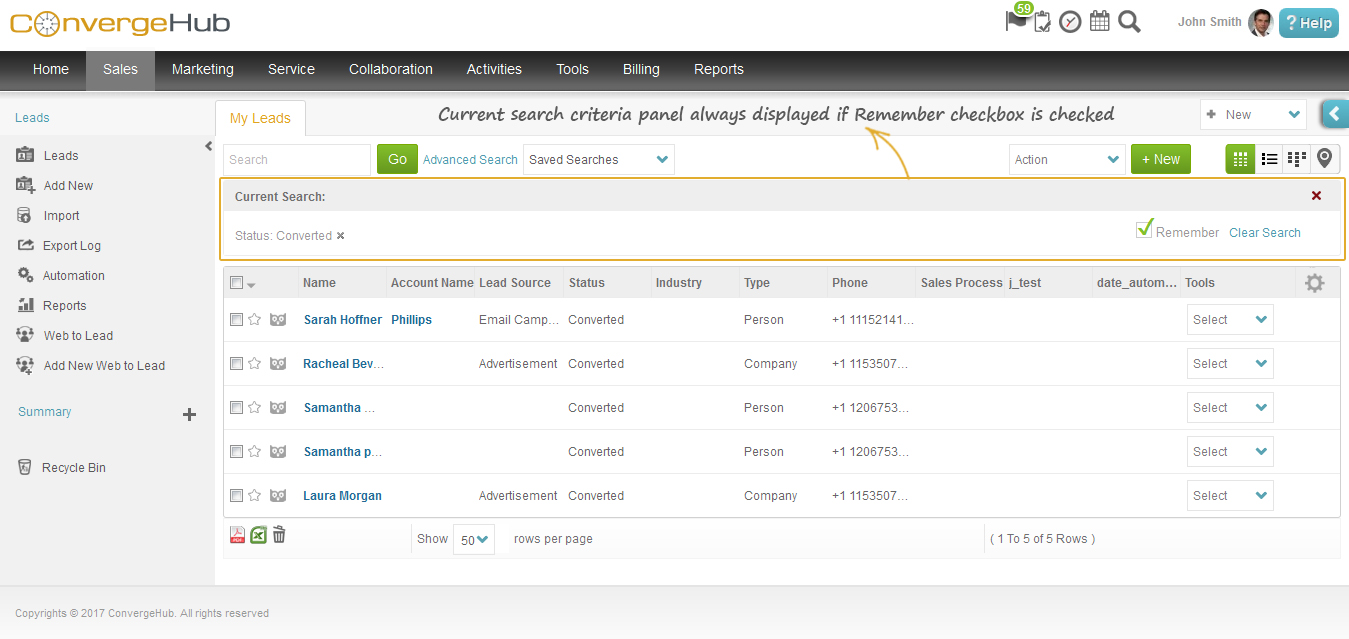
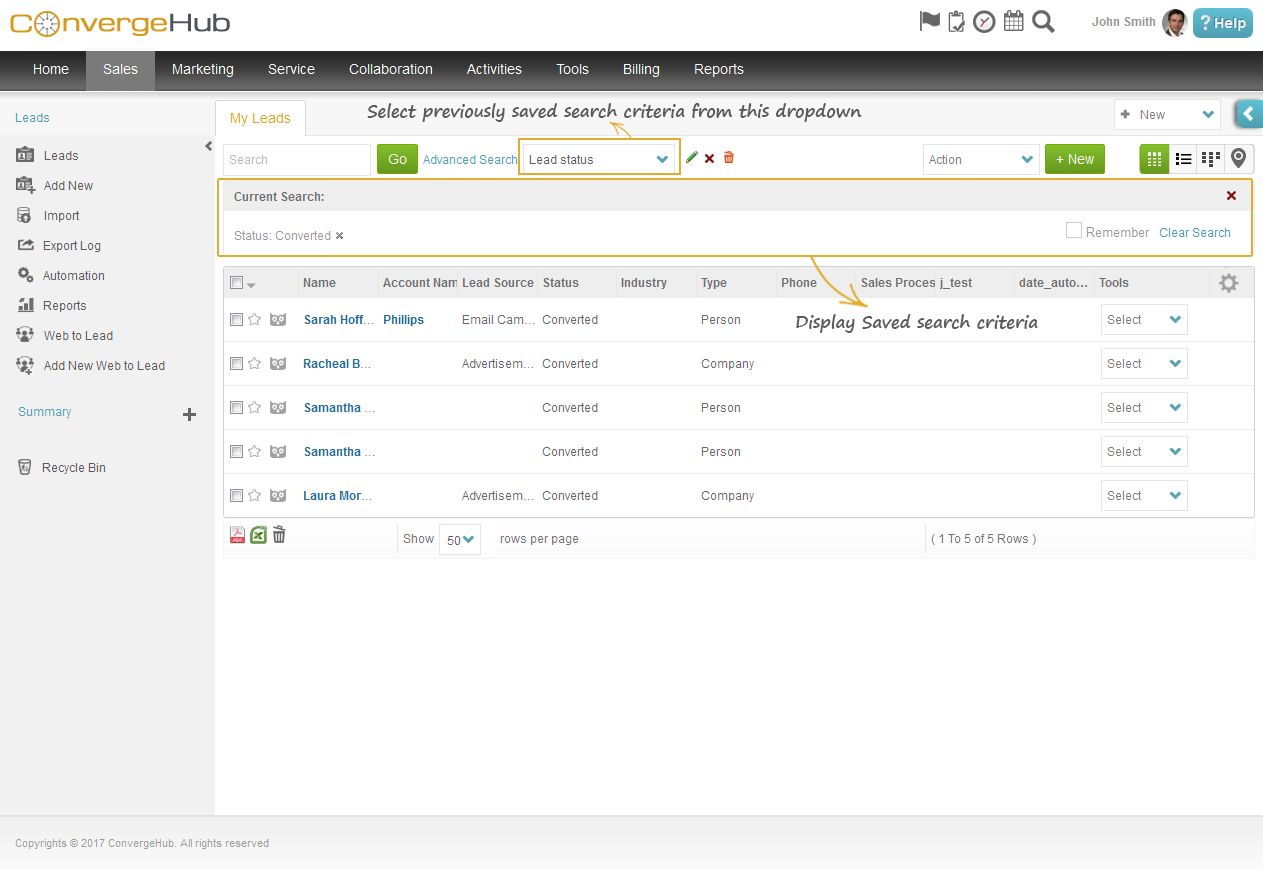



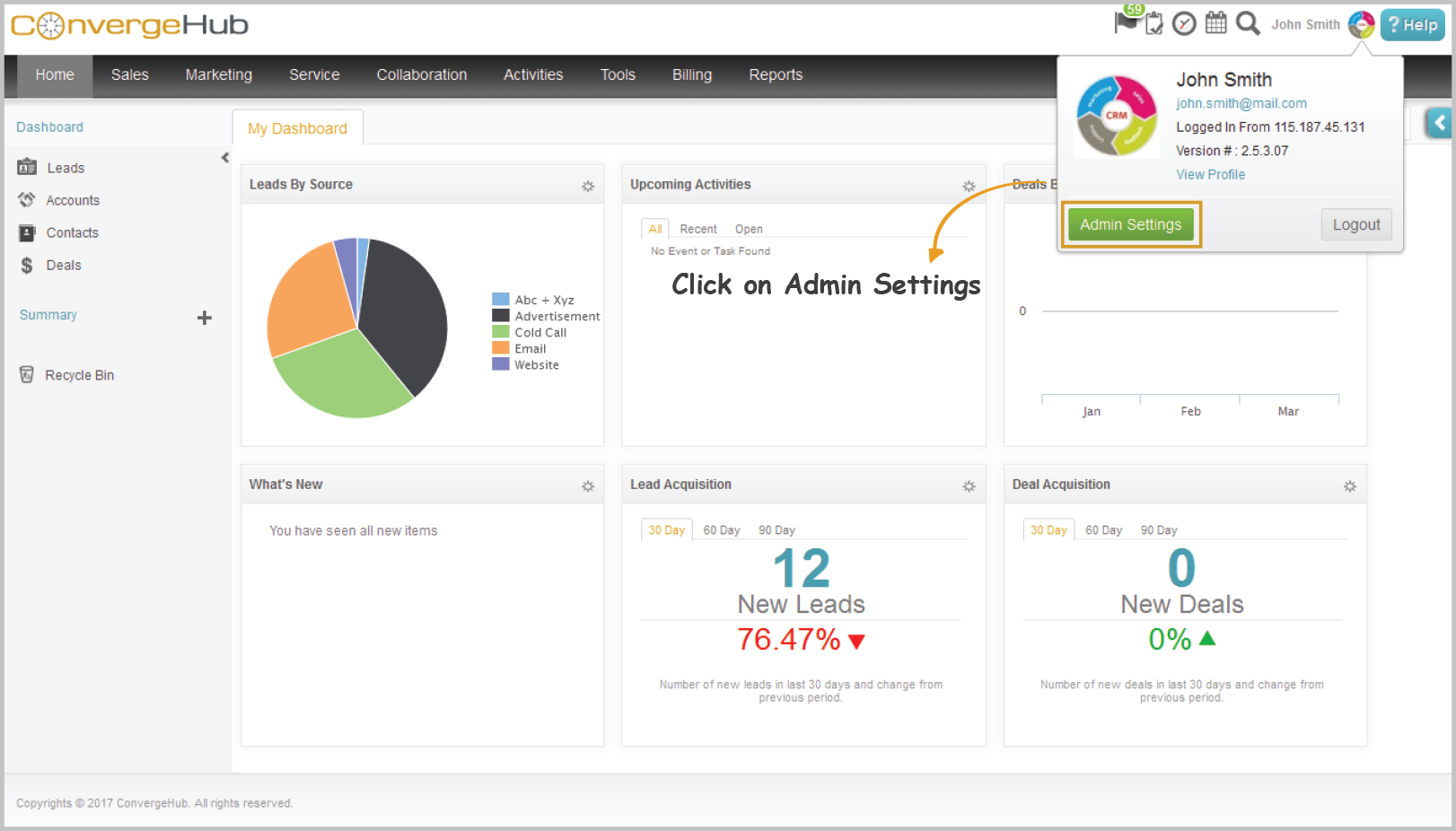
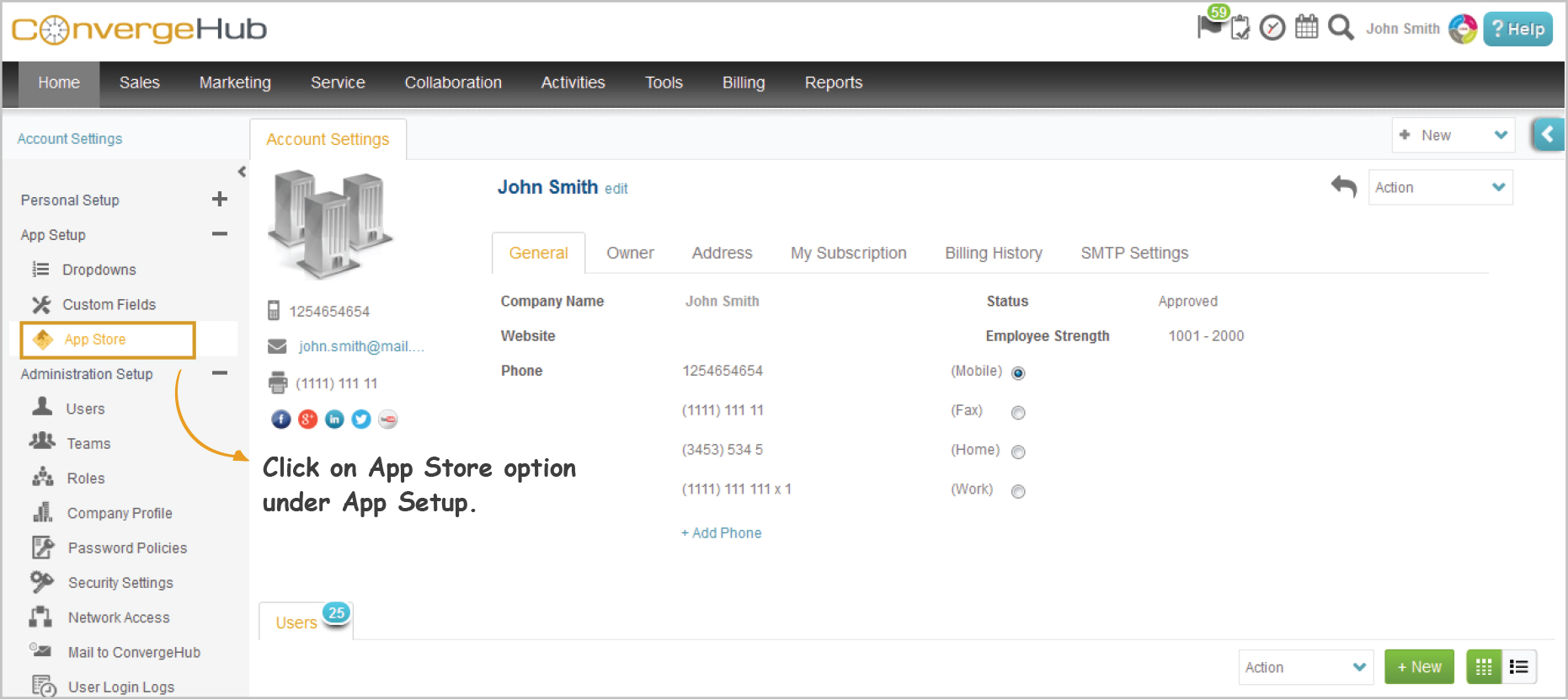


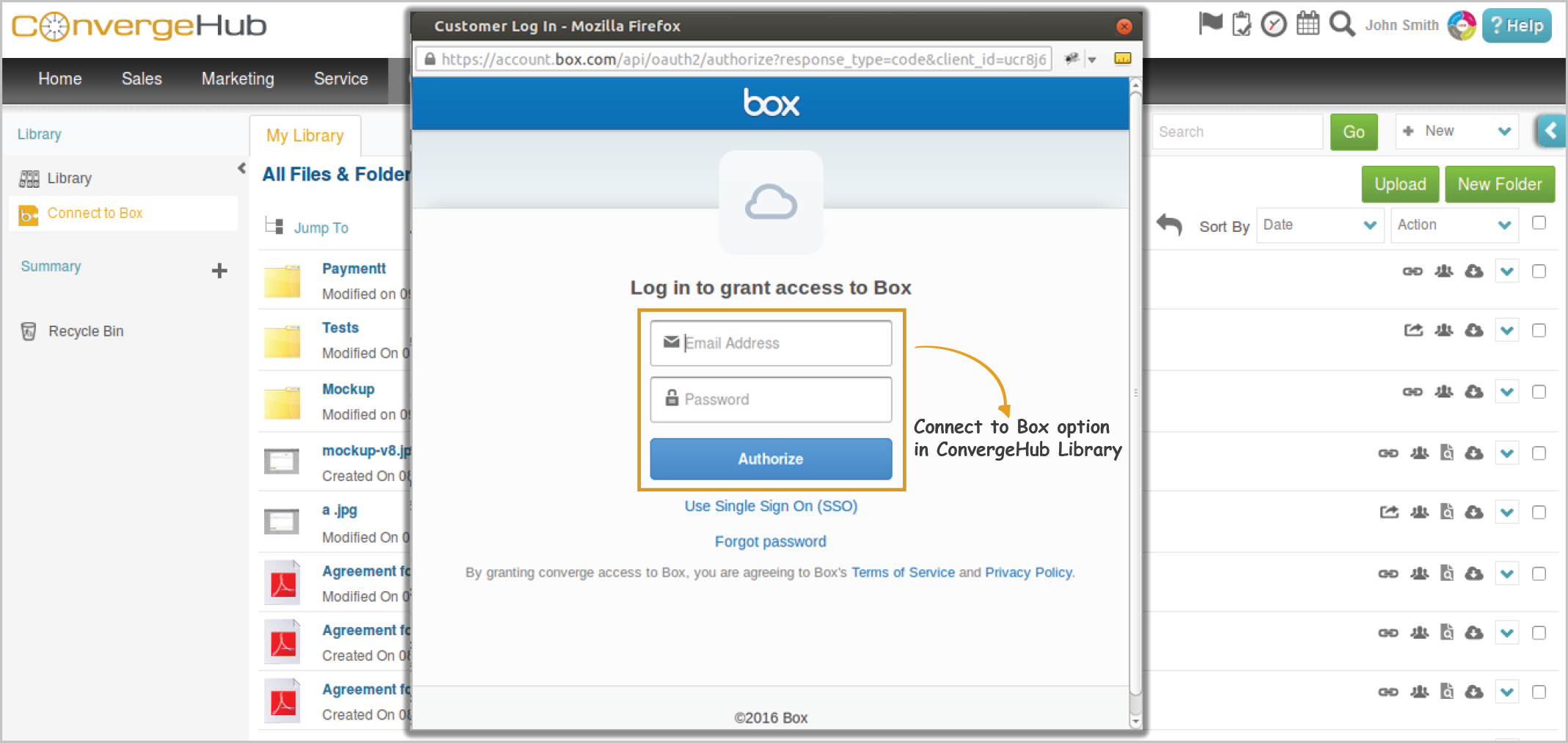
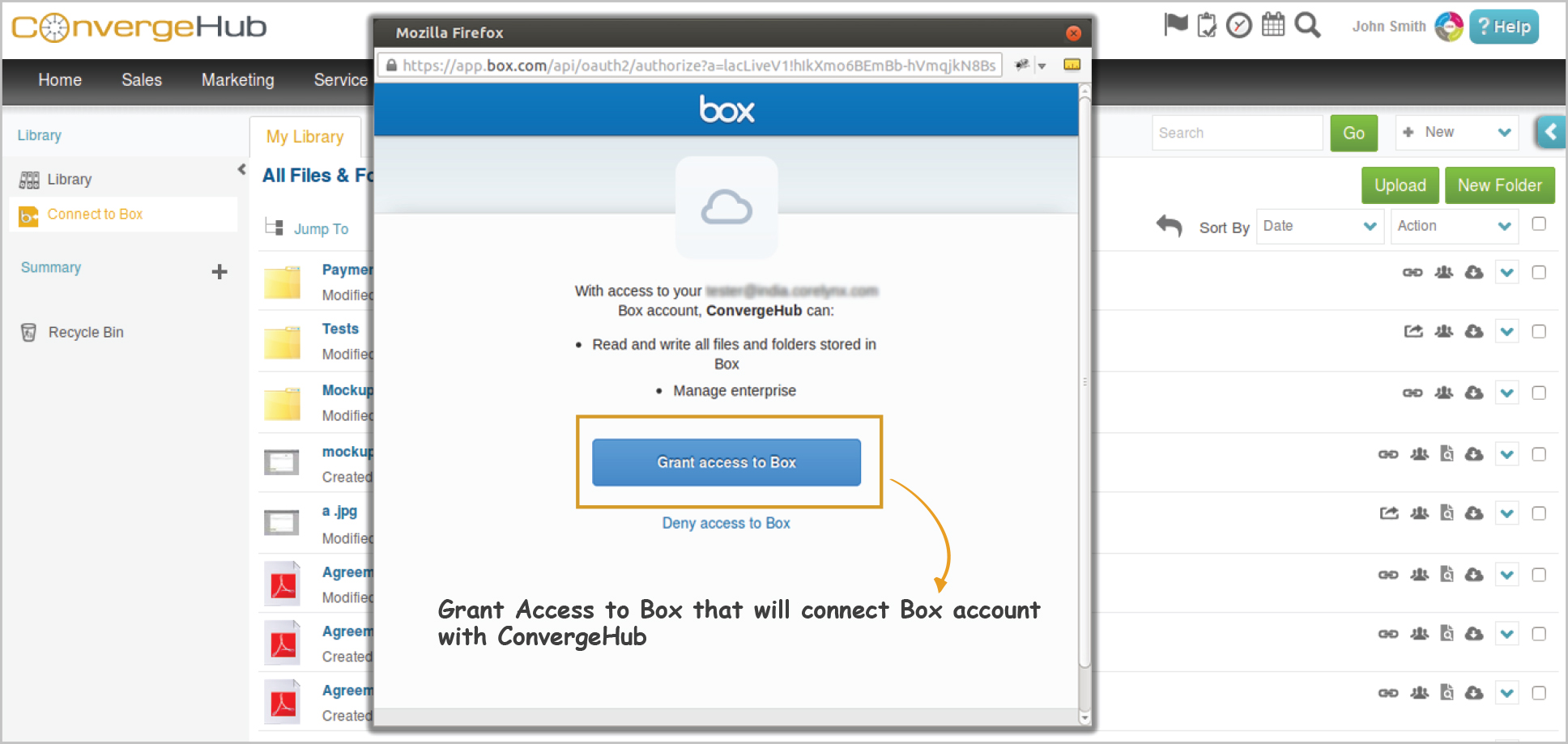
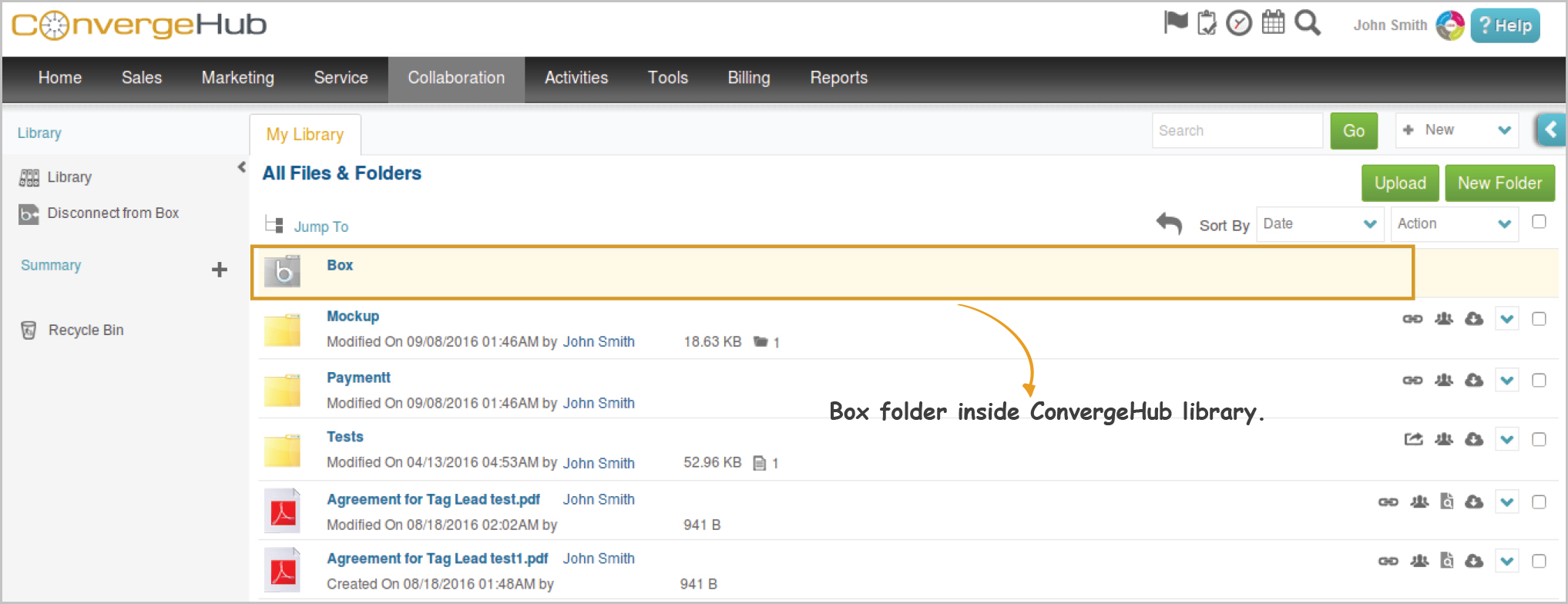 Click on Box folder to view all the files stored in it.
Click on Box folder to view all the files stored in it.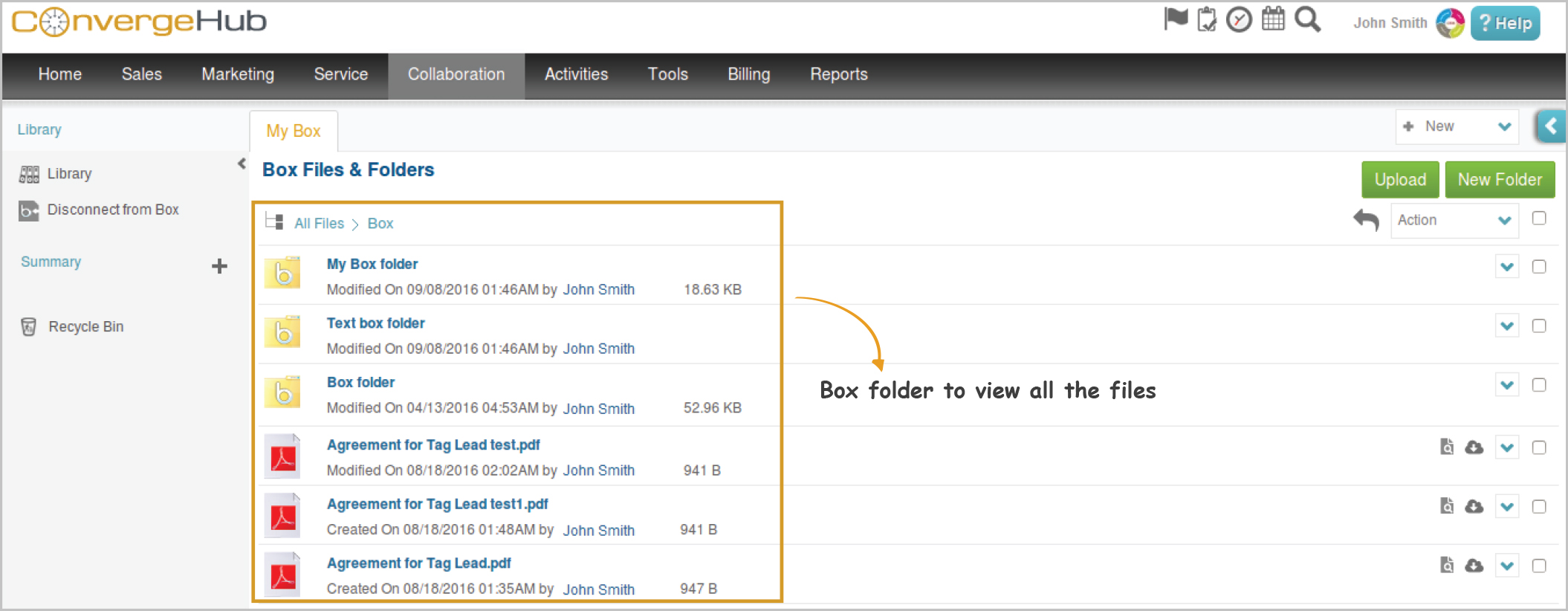 Click on ‘File Options’ dropdown to download, delete or move/copy the file from one folder to another. Please note the actions taken here will reflect in your Box account too.
Click on ‘File Options’ dropdown to download, delete or move/copy the file from one folder to another. Please note the actions taken here will reflect in your Box account too.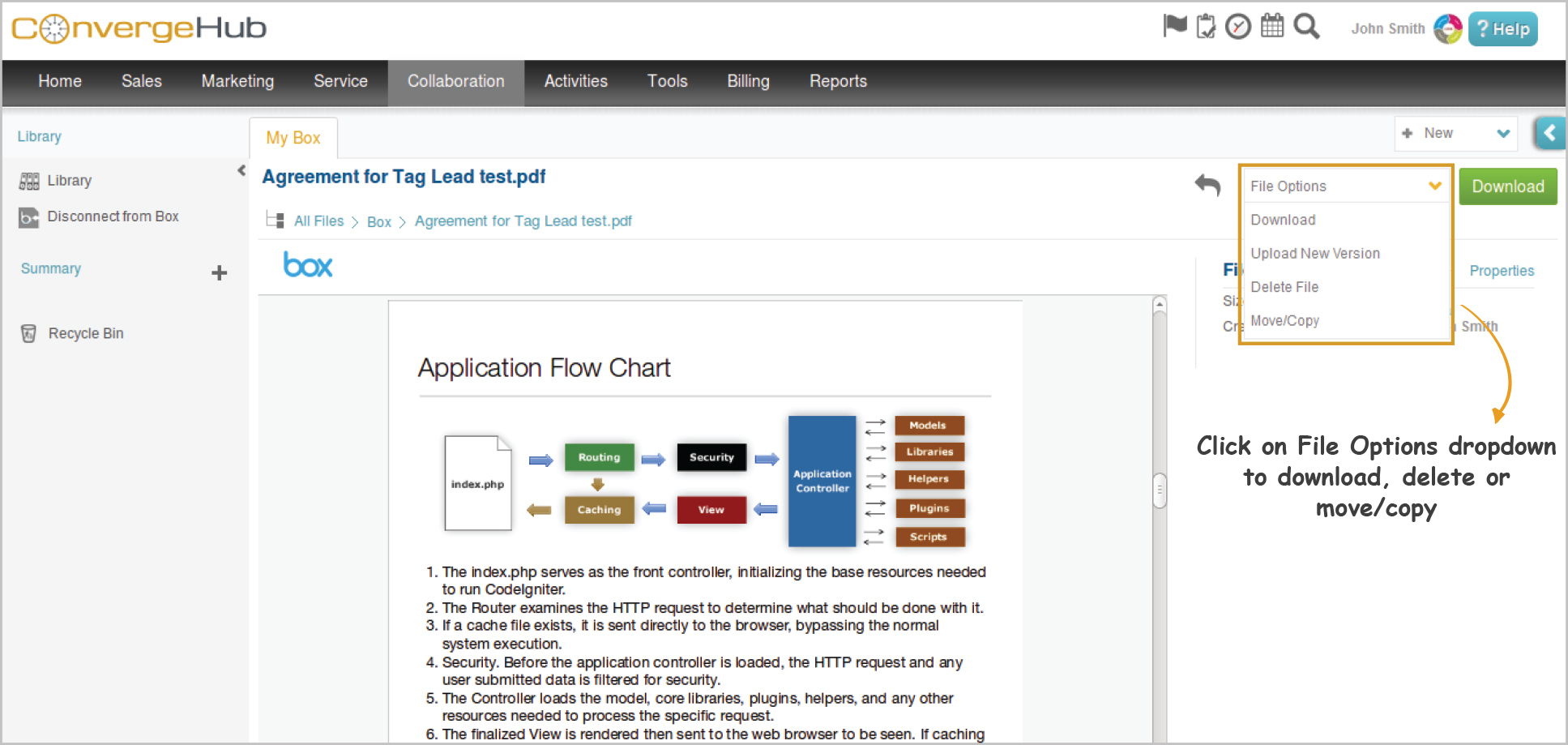
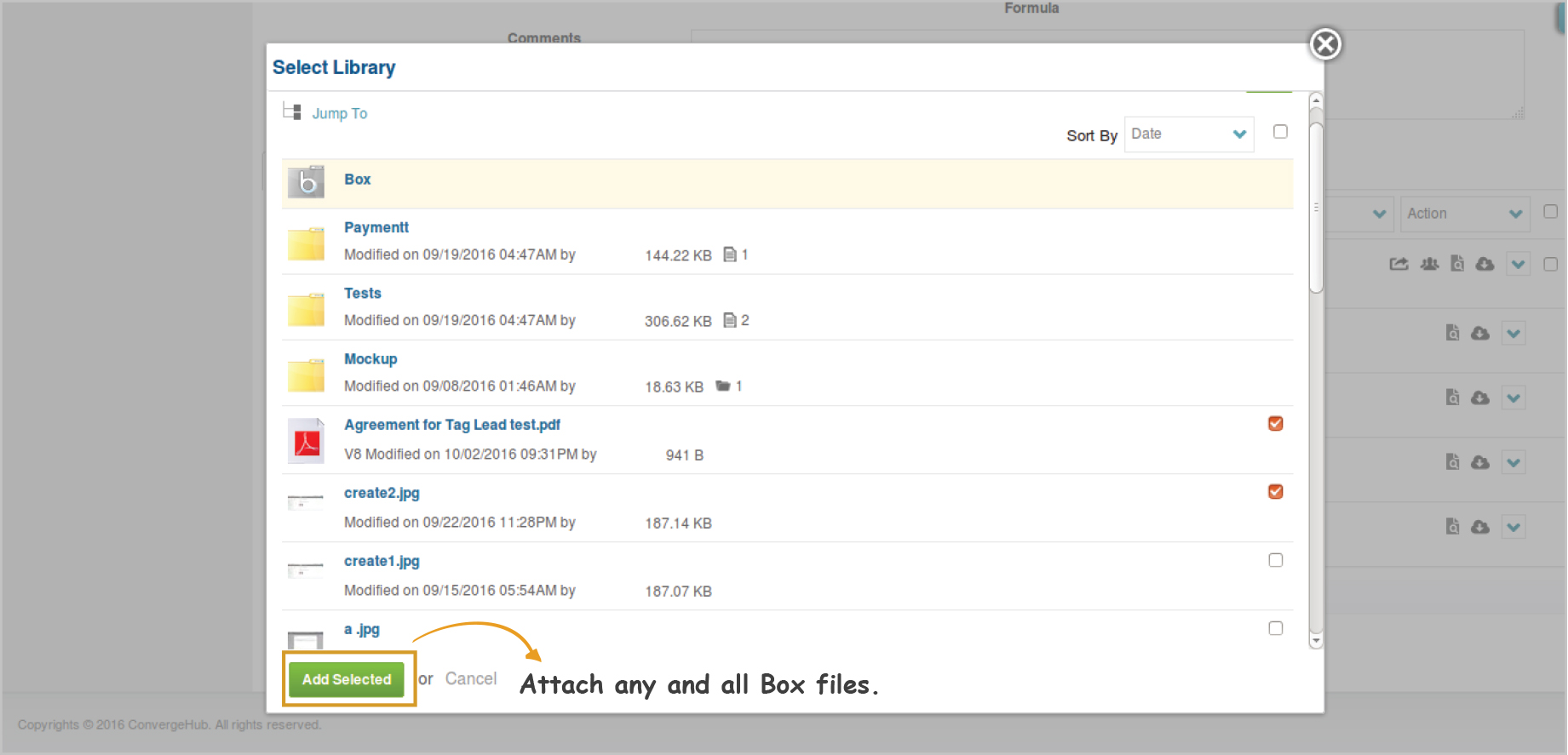 >>> The attached files will appear in the sub panel in the details page.
>>> The attached files will appear in the sub panel in the details page.